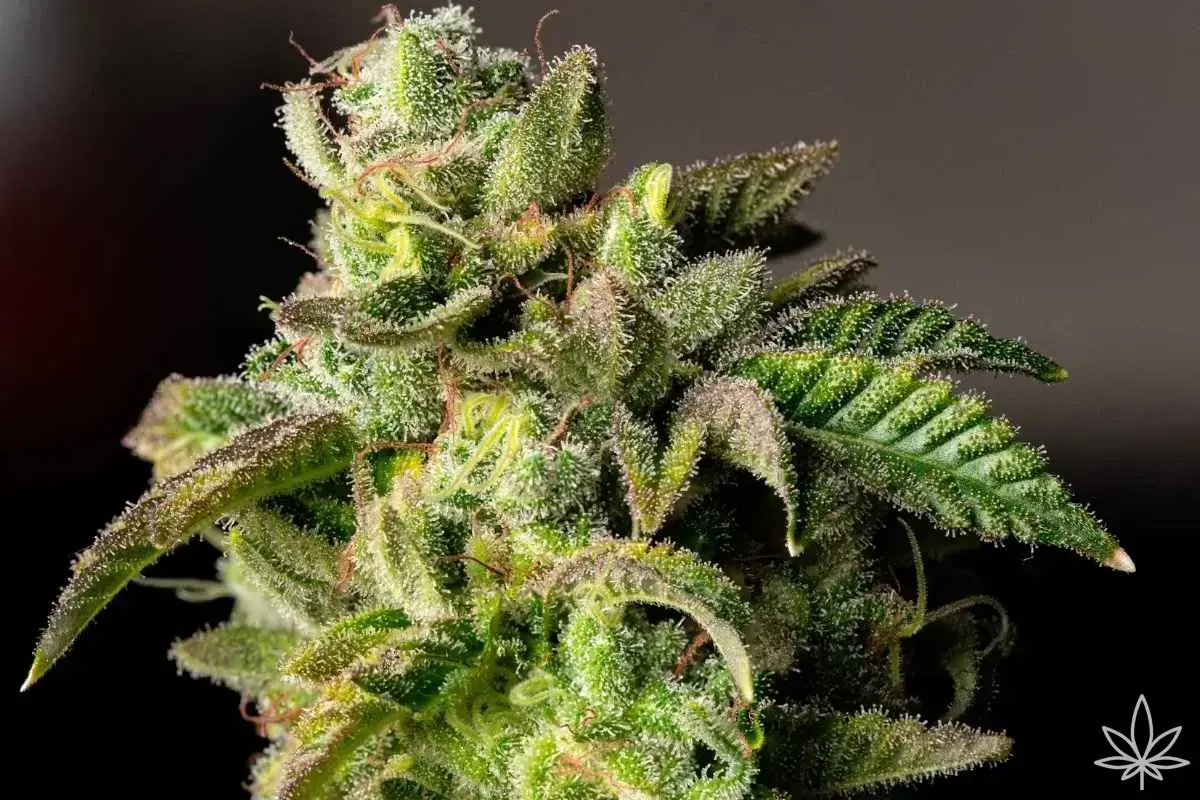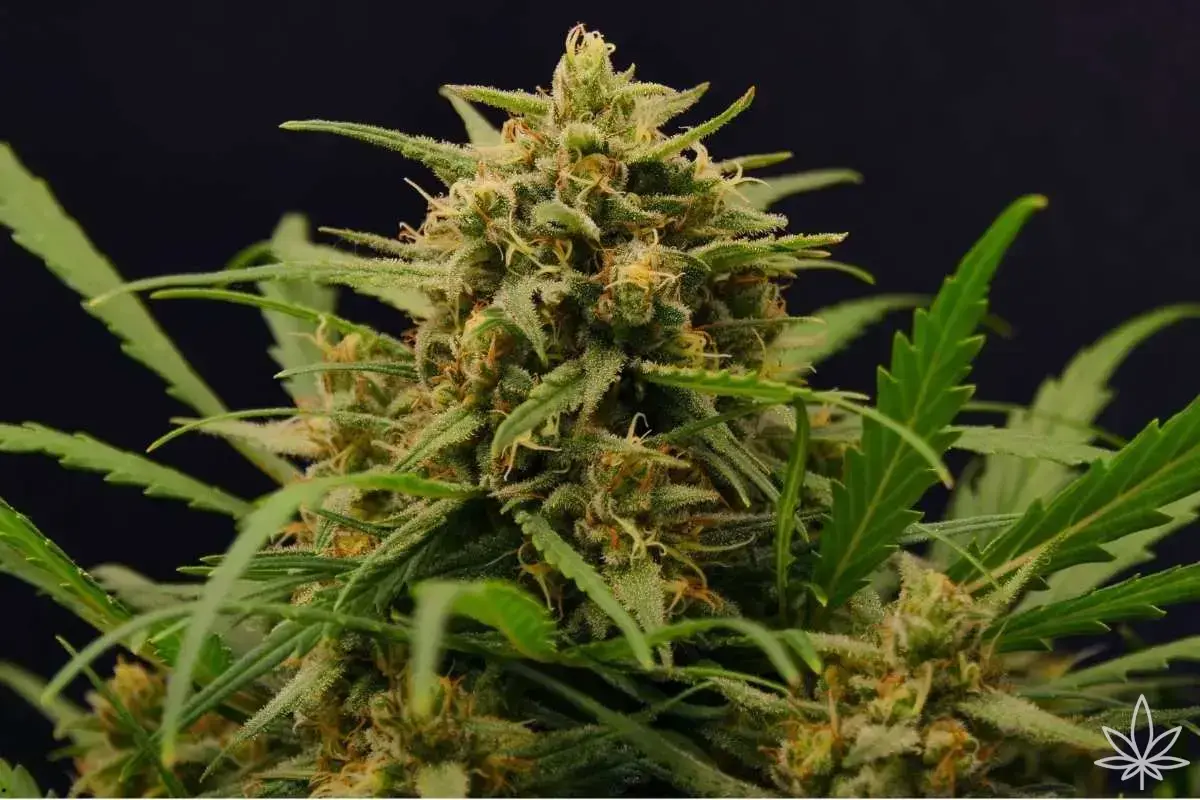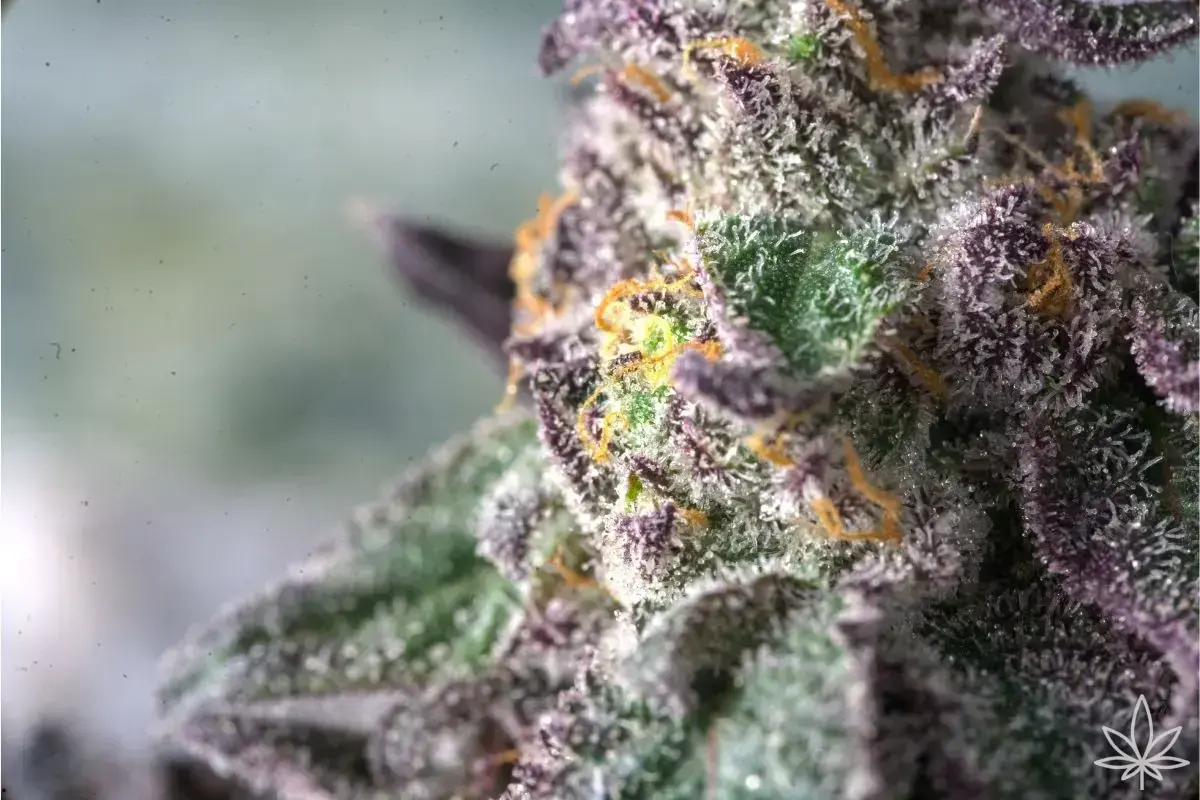Critical Kush is that moment when the “new–sweeter–flashier” craze takes a step back and remembers why we love a classic indica. It isn’t about fireworks but about certainty of character: a compact, resinous presentation, a heavier hashy-woody nose, and a calm that doesn’t ask for attention—it simply arrives.
Where does its reputation come from?
Under the Critical Kush banner, two schools meet: critical mass of structure and the Kush sensory signature. It’s a hybrid marriage of “old-school” and modern selection—stability, predictability, and consistently high presentation quality. In collector culture this model functions as an indica point of reference: when you want to see where dessert ends and a serious, spice-forward bouquet begins.
How the plant looks and “behaves” (botanical description)
In collector materials, Critical Kush is seen as a stocky, compact hybrid with thick calyces and a high flower-to-leaf ratio. The tops are heavy, rocklike, with pronounced, bulbous trichome heads and a greasy “frost” that leaves a creamy film on your fingertip. Pistils are typically orange–rust; leaves are broad, maturing into a deeper green; phenos can pick up olive and chestnut accents. It’s the aesthetic of “full calyces,” without fluff or satin fuzz.
Tester notes regularly circle back to order and airflow as the frame for dense flowers—less a matter of fussiness, more the biology of a compact indica.
Aroma & flavor: earth, wood, spice, and a touch of “Kush gas”
On the nose, leading tones are earthy–hashy (myrcene), with a peppery jab (caryophyllene) and woody backbone (humulene). You’ll often catch resinous pine (pinene) and a thin citrus edge (limonene) that tidies the weight. Once ground, Critical Kush can turn smoky, cedary, with a coffee/cocoa chord and a subtle “gas” note typical of Kush lines. On the palate—dry, long-arching, with a creamy, hashy finish.
How it “carries”—in grower plain-speak, no fluff
This is an evening anchor. First comes distinct mental quiet, then deep body release. It doesn’t try to put on a show—it dims the lights and lays down a warm blanket. At higher intensity it tends toward couchy; by day it’s more of a soft, focused hush. Everyone’s physiology differs, but the shared denominator in descriptions is calm, coziness, and a smooth close.
What collectors and testers say (phenotypes, terpenes)
Critical Kush isn’t a monolith, but it stays within a narrow, well-tuned band. Phenotypes vary mainly in the spice-to-wood ratio and how much “gas” comes through. Commonly cited terpenes:
- Myrcene – soft, earthy base; the “cream” in the nose.
- Caryophyllene – peppery spine; the bouquet’s backbone.
- Humulene – woodiness, with a light herbal shade.
- Pinene – conifer clarity; tidies the edges.
- Limonene/Linalool – gentle citrus/flower that brightens the background.
This mix explains why the profile feels mature and readable without yelling or dessert excess.
Why this model holds the culture
Because in a world of shifting fashions, Critical Kush delivers repeatability and weight. It’s the indica “to talk about indicas”—a benchmark against which dessert novelties and gassy-fruity crosses get compared. Add to that a resin-heavy look that collectors prize in macro photography and dry-sift work.
Mentions of susceptibilities and “preferences” (botanical perspective)
- Density ≠ sloppiness — tight, greasy flowers show best in stable, hygienic settings with good circulation (a truism, but crucial here).
- The nose needs a frame — in “foggy” conditions some phenos tilt greener and more herbal; in a clean frame you get wood–spice–hash.
These are not cultivation tips—just long-view observations explaining why one person remembers Critical Kush as “cedar–spice–hash,” while another catches a greener herbal tilt.
Who is Critical Kush for?
For those seeking a serious indica: a dry, spice-and-wood bouquet, head quiet, and deep body ease. For collectors wanting to understand Kush without sugary masquerade. For anyone who values a compact look, “greasy” resin, and an easy-to-read heavy-flower aesthetic.
How to recognize good presentation (in hand and in photos)
- Compactness and mass: thick calyces, little leaf in the structure.
- Trichomes: dense, greasy frost with large heads.
- Color: from olive to deeper green, rust pistils.
- Aroma after grinding: hash, cedar, spice; a clean, immediately “mature” line without green sharpness.
That’s an aesthetic frame—phenos have room to vary, but the language of Critical Kush is usually “audible” from afar.







